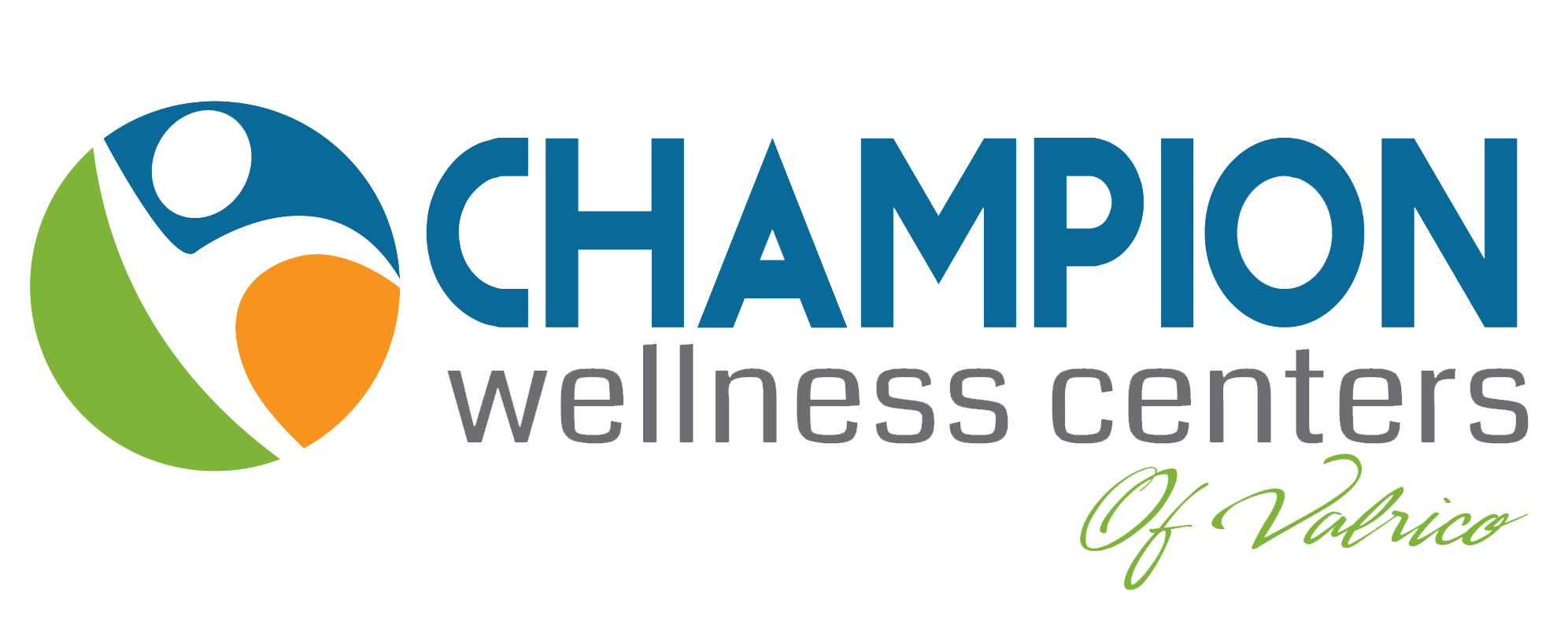Herniated discs can cause significant pain and affect your daily activities. However, there are many effective treatment approaches. Chiropractors, who specialize in musculoskeletal care can alleviate pressure on the impacted disc by using gentle adjustments. This can help provide relief and promote recovery.
How To Treat Herniated Discs

Herniated discs are a painful condition caused when the outer layer of a spinal disc tears, leading to the protrusion of its inner material and compression of adjacent nerves. The result is often numbness, intense pain, and muscle weakness in the affected area.
For relief, massage therapy can be used to alleviate tension and promote the healing of surrounding muscles. Additionally, physiotherapy plays a crucial role through stretching and strengthening exercises. This technique aims to enhance mobility and lower the risk of future injuries. Additionally, there is chiropractic care, a holistic approach.
Effective Treatment Options and Chiropractic Tips for Herniated Disc
A chiropractor can address herniated disc symptoms, including back pain. During your first visit, your chiropractor will review your medical history, conduct a physical examination, and administer orthopedic and neurological assessments.
From the check, here are some effective treatment options that may be provided for your herniated disc.

1. Flexion-distraction technique
A common chiropractic method for addressing herniated disc symptoms is the flexion-distraction technique. It involves using a specialized table to gently stretch and flex the spine with a rhythmic pumping motion. This process is aimed at repositioning the nucleus pulposus at the center of the intervertebral disc, often relieving nerve compression and associated pain.
Treatment usually involves a series of sessions, complemented by physiotherapy, muscle stimulation, ultrasound, supplements, and at-home care. As the plan progresses, specific exercises and dietary guidance become part of your treatment. Your chiropractor will closely monitor your progress throughout the process.
2. Manipulation under anesthesia
Manipulation under anesthesia (MUA) is a chiropractic approach suitable for specific spinal conditions such as a herniated disc. Typically conducted in a hospital setting or an ambulatory care center, MUA uses a form of anesthesia known as “twilight sleep.” This means that the sedation period is brief, lasting approximately six minutes.
During this sedated state, the chiropractor gently stretches and manipulates the targeted area while the patient’s body remains relaxed. MUA therapy typically involves one to three sessions. Each session is spaced two to four weeks apart. This allows for gradual treatment and recovery while ensuring the process is comfortable and safe for the patient.
3. Pelvic blocking techniques
The pelvic blocking technique is another approach chiropractors use to address the symptoms of herniated discs. This approach involves the use of cushioned wedges positioned under both sides of the pelvis. Additionally, gentle exercises may be incorporated into the treatment options
The purpose of these interventions is to induce mechanical adjustments that help alleviate pressure on the affected nerve. With this technique, chiropractors facilitate the gradual repositioning of the disc. Its effect is a reduction of its contact with any impinged nerve that helps reduce associated discomfort and symptoms related to the herniated disc.
4. Spinal adjustments
Chiropractors use the technique of spinal adjustments to accurately realign the spine. This approach is effective at alleviating pressure exerted on the impacted disc. The realignment of the spine serves to directly target the symptoms associated with herniated discs. By resolving misalignments in the spine, chiropractors provide relief from discomfort and pain.
Furthermore, this adjustment is a key component of chiropractic care. It offers a non-invasive and natural approach to addressing the underlying issues contributing to pain, numbness, and weakness that can result from a herniated disc. This holistic approach allows individuals to work towards improved spinal health and overall well-being.
5. Exercise and rehabilitation
When it comes to managing herniated discs, chiropractors frequently recommend exercise and rehabilitation as part of their treatment process. This method involves advice on specific exercises meant to bolster core muscle strength and provide vital support to the spine. These exercises promote spinal stability and function to address the issues associated with herniated discs.
Additionally, chiropractors tailor exercise programs to individual needs. This specialized approach promotes healing and helps patients regain mobility. Through exercise and rehabilitation, they help to alleviate the symptoms of herniated discs. This is together to being a preventive measure to reduce the likelihood of future spinal problems.
6. Diet and nutrition recommendations
Maintaining a well-balanced diet can support the body’s natural healing mechanisms. It also plays a crucial role in mitigating the inflammation associated with herniated discs. Foods rich in essential nutrients, such as antioxidants and anti-inflammatory compounds, can assist in managing the inflammatory response associated with herniated discs.
By consuming a diet that includes a variety of fruits, vegetables, lean proteins, and healthy fats, individuals can potentially reduce swelling and discomfort. This dietary approach complements other treatment modalities, including chiropractic care. By this holistic means, herniated disc symptoms can be addressed.
7. Lifestyle modifications
Chiropractors offer advice on lifestyle adjustments that promote lasting spinal health. These recommendations may include advice on posture improvement, ergonomic modifications, exercise routines, and dietary choices.
By implementing these lifestyle changes, individuals can have better spine health. This way, symptoms associated with herniated discs can be prevented. Generally, chiropractors act as guides, assisting patients in adopting practices and contributing to long-term well-being by reducing the risk of herniated disc recurrence.
Conclusion
Healing herniated discs requires more than one approach. Chiropractic care offers a non-invasive and holistic option. Chiropractors use various techniques and provide valuable tips to manage pain, enhance spinal health, and promote the body’s natural healing process. Anyone with a herniated disc needs to consult with a chiropractor to determine the most suitable treatment plan for their condition.



